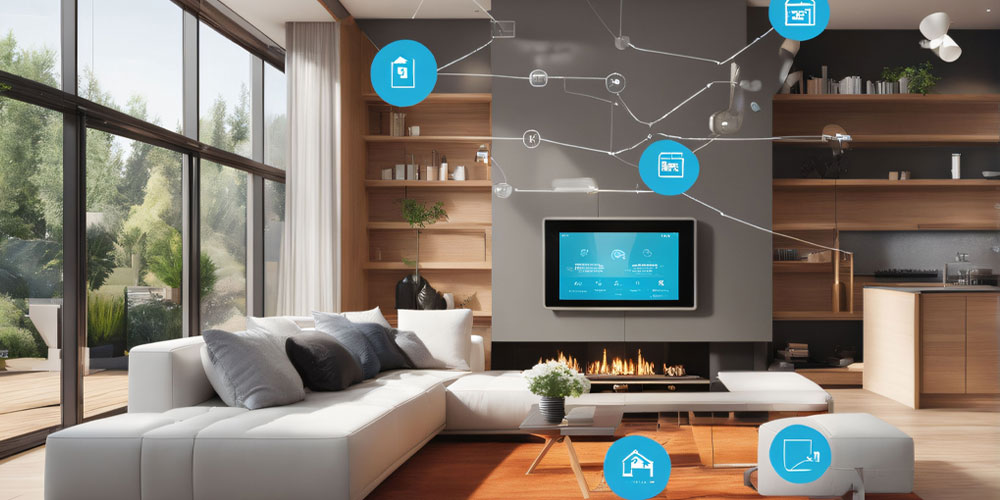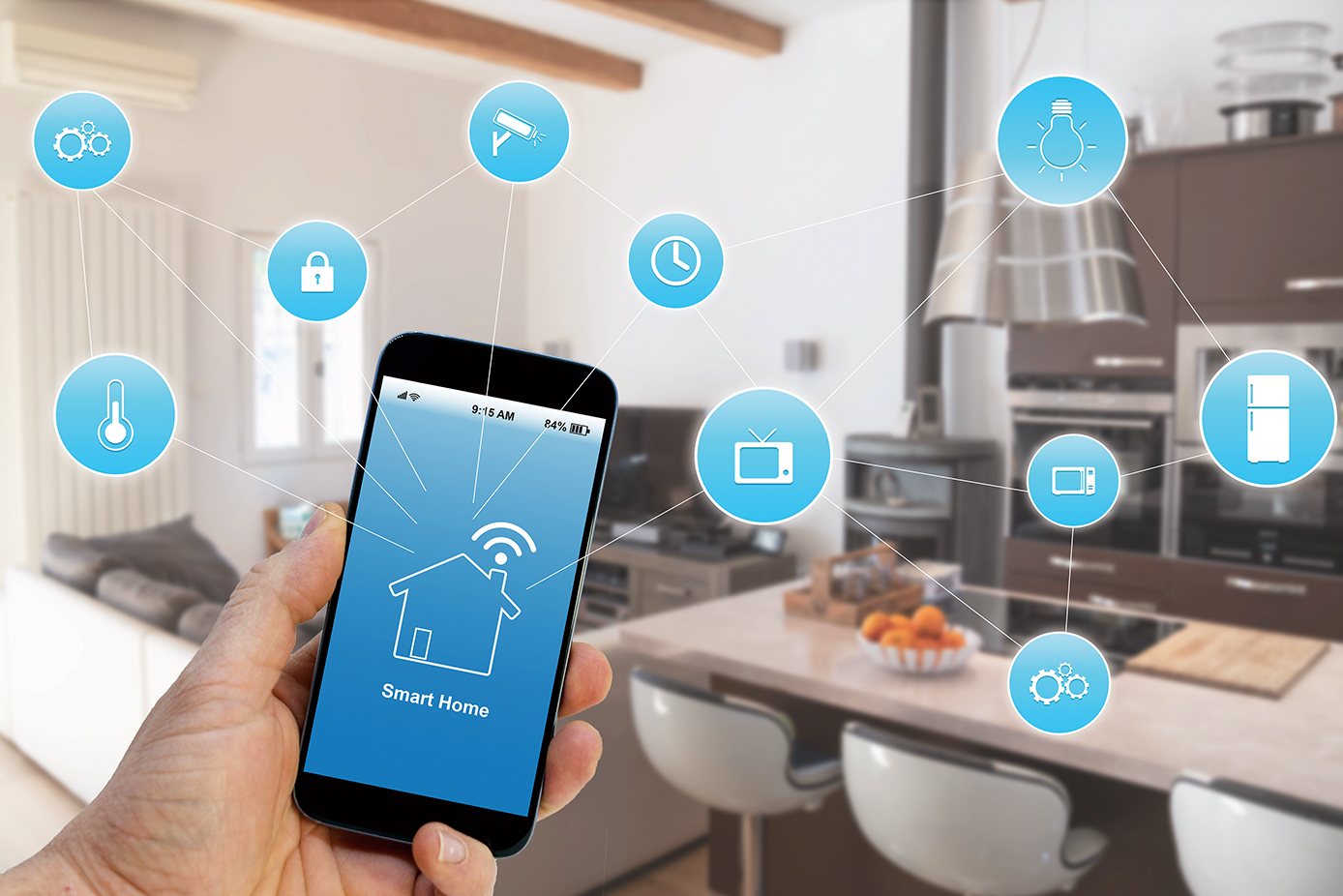In the era of technology-driven living, upgrading your home or business with smart technology is no longer a luxury but a necessity. This smart home installation guide is designed to help both homeowners and businesses navigate the exciting journey of turning their spaces into efficient, automated environments. As we explore this topic, we will delve into the essential steps, benefits, and considerations of installing a smart home system.

Why Consider a Smart Home?
Smart homes offer an array of benefits that traditional homes simply can't match. From enhanced security and energy efficiency to unparalleled convenience, the reasons to switch are compelling. For businesses, smart technology can streamline operations, reduce costs, and improve employee satisfaction. As you consider making this transition, it's important to understand the full spectrum of what a smart home can offer.
Planning Your Smart Home Installation
Before diving into the installation process, proper planning is crucial. Begin by identifying your specific needs. Are you looking for enhanced security, more efficient energy use, or perhaps a fully integrated entertainment system? Understanding your priorities will guide you in choosing the right devices and systems. Additionally, budgeting is an essential step in the planning phase. Smart technology can range from affordable solutions to high-end systems, so knowing your budget will help narrow down your options.
Choosing the Right Technology
With a myriad of options available, selecting the right technology can seem overwhelming. Focus on compatibility, scalability, and ease of use. Popular devices include smart thermostats, security cameras, and automated lighting systems. Make sure to choose devices that can easily integrate with each other. Many homeowners find it helpful to start small, perhaps with a few smart bulbs or a smart speaker, and gradually expand their system.
Installation Process
Once you have your devices, the installation process begins. Depending on the complexity of your setup, you might choose to install the devices yourself or hire professionals. For detailed installation tips, you can check out this beginners guide which offers step-by-step instructions.
It's important to ensure that your Wi-Fi network is robust enough to handle multiple devices. A strong network is the backbone of any smart home system. Consider upgrading your router or using range extenders to eliminate dead zones.
Integration and Automation
Once your devices are installed, the next step is integration. Most modern smart home devices can be controlled through a central hub or a smartphone app. This allows for seamless operation and the ability to automate tasks. Imagine your lights dimming automatically at sunset or your thermostat adjusting itself based on your daily routine. Such automation not only adds convenience but can significantly reduce energy consumption.
Security Considerations
While smart homes offer enhanced security features, they also come with certain risks. Protect your investment by ensuring all devices are updated with the latest firmware and use strong, unique passwords. For more insights into security systems, explore the AI security systems guide.
Maintaining Your Smart Home
Regular maintenance is key to ensuring your smart home runs smoothly. This includes keeping software updated, monitoring system performance, and replacing batteries in devices when needed. Staying proactive with maintenance can prevent potential issues and prolong the lifespan of your devices.
Future-Proofing Your Smart Home
As technology evolves, so too should your smart home. Keep an eye out for new advancements and consider upgrading your system periodically. This will ensure that your home remains at the cutting edge of technology. For an outlook on what's to come, the future of AI in smart homes offers intriguing insights.

FAQ
What are the basic components of a smart home?
A smart home typically includes a central hub, smart lighting, automated thermostats, security cameras, and smart locks. These devices can be controlled remotely via a smartphone or tablet.
Is professional installation necessary for a smart home?
While many devices are designed for DIY installation, professional installation can ensure that your system is optimally configured and integrated. This is particularly recommended for complex systems.
How can I ensure my smart home is secure?
Security can be enhanced by using strong passwords, enabling two-factor authentication, and ensuring all devices are updated with the latest firmware. For more security tips, visit this guide.
In conclusion, transitioning to a smart home is a worthy investment for both homeowners and businesses. By following this smart home installation guide, you can create a space that is not only efficient and secure but also tailored to your unique lifestyle needs.

